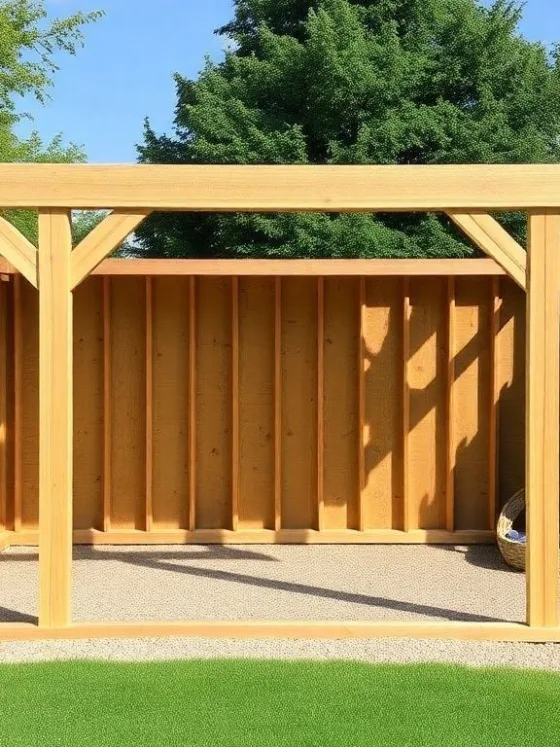Table of Contents Show
What makes a good carpet? How much money is it smart to spend on one? Should you prioritize quality or price? These are just a few of the questions that arise when you’re looking to buy a carpet.
The right one can make a big difference to a room. It creates a cosy atmosphere and sets the tone for its overall style and ambiance. However, you can get overwhelmed with options.
Colors, textures, and materials can swirl your head and make it impossible to decide. Lucky for you, we created these simple guidelines that will help you through the purchasing process.
From durability to aesthetics and maintenance, everything basic you need to know about finding the ideal floor covering for your space.
So, whether you’re renovating an existing room, or designing a new one from scratch, read on for some expert tips on how to choose the best carpet for your home!
1. The Room
The area in which your carpet will be laid impacts the required size and sturdiness. Hallways take the brunt of foot traffic in a household. You need to take this into account when choosing your carpet.
The living room is another area where a hard-wearing carpet is needed. The dining room can afford to have a nicer quality carpet, as can the bedrooms.
Carpets in the bathroom are simply a matter of taste; many households opt for a hard floor, especially if there are young children constantly getting the area wet! Select a practical carpet for the stairs and landing too, as they’ll also take a lot of wear.
2. The Style
How your carpet behaves depends on the style you choose. That’s why it’s so important to make the right decision at the start. Patterned carpets are renowned for keeping their appearance, so they are ideal in heavy-traffic areas.
Deep pile carpets aren’t recommended here, so they are best kept in bedrooms where luxury is the requirement. Twist pile carpets are ideal for any room as they’re available in a wide range of colors and shades.
Velvet piles are smooth dense, and easy to maintain. It helps to do a little research to make sure you get the most appropriate surface texture for your needs.
3. The Size
The measurements of a carpet are dependent on the size and furniture of any given room. It’s vital that you fully map out the interior, including the locations of chairs, tables, and other
fixtures. This will allow you to accurately calculate the necessary length and width of carpeting that you need.
Consider the size of the perfect carpet when designing your interior. Our suggestion, if you have a room that’s on the smaller side, is to use multiple rugs instead of one big one.
Ultimately, finding the perfect carpet size requires careful consideration of your specific needs and preferences as well as taking into account various factors such as room dimensions, furniture layout, and traffic flow patterns within the space, among others.
4. Your Budget
When choosing a budget for a carpet, think about how much the product will cost in the
long term and how durable it is. While cheaper options may seem appealing initially, they often require more frequent replacement due to wear and tear.
The average lifespan of a low-quality carpet is about 3-5 years, while high-quality carpets can last up to 15 years (you read that right!) or even more with proper care.
What’s proper care? Regular maintenance and occasional deep cleaning of the carpet. Your best choice is to work with a reputable carpet cleaning company and avoid relying on DIY deep cleans. If you invest in something, be willing to prolong its lifespan.
Additionally, investing in higher-quality materials such as wool or nylon can provide better stain resistance and reduce the need for costly cleaning services over time.
It’s also important to factor in installation costs when creating a budget, as improper installation can lead to issues such as wrinkles or uneven wear patterns which can shorten the carpet’s lifespan.
Remember, you get what you pay for! Don’t expect a cheap carpet to wear slowly or be attractive. That being said, a superb carpet doesn’t have to cost you an arm and a leg. Sometimes the price of a carpet can rocket due to other factors. Keep asking questions like:
- Are there hidden charges?
- How much does delivery cost?
- Can I collect it instead?
Important! Be careful with your money – purchase your material from a well-known supplier.
5. Future Maintenance
It’s never too early to think about maintenance. In fact, it should be an active part of your decision-making process.
The type of carpet and its location on a property will affect the amount of washing it needs and consequently how much money you’ll need to spend on professional carpet cleaning in the long run. The higher the quality of the carpet, the more maintenance is needed.
For example, long and loop piles will degrade faster and need more care than lower-class carpets, like twist and patterned styles.
If laid in an area where food and drink are consumed, it’s likely some spillage will occur. Therefore, any carpet that you use will need to be cleaned on a more regular basis than those in low-traffic areas like bedrooms.
Don’t want to get your finer material dirty? Don’t put it in the main rooms of your property. Always keep in mind where you’re putting your carpet. For instance, in the case of a bathroom, you’ll need water-resistant fabric.
Conclusion
In conclusion, finding the perfect carpeting for your home can be summarised in these five key factors—how big is your space, can a large carpet fit there, or do you need a smaller one, is the style cohesive, and can you do that in your budget.
Remember, before investing in flooring, that a well-thought-out, considered choice is well worth it because you’re adding to your property’s value tremendously. We hope this post helped you wrap your head around where to start when choosing your new carpet.










